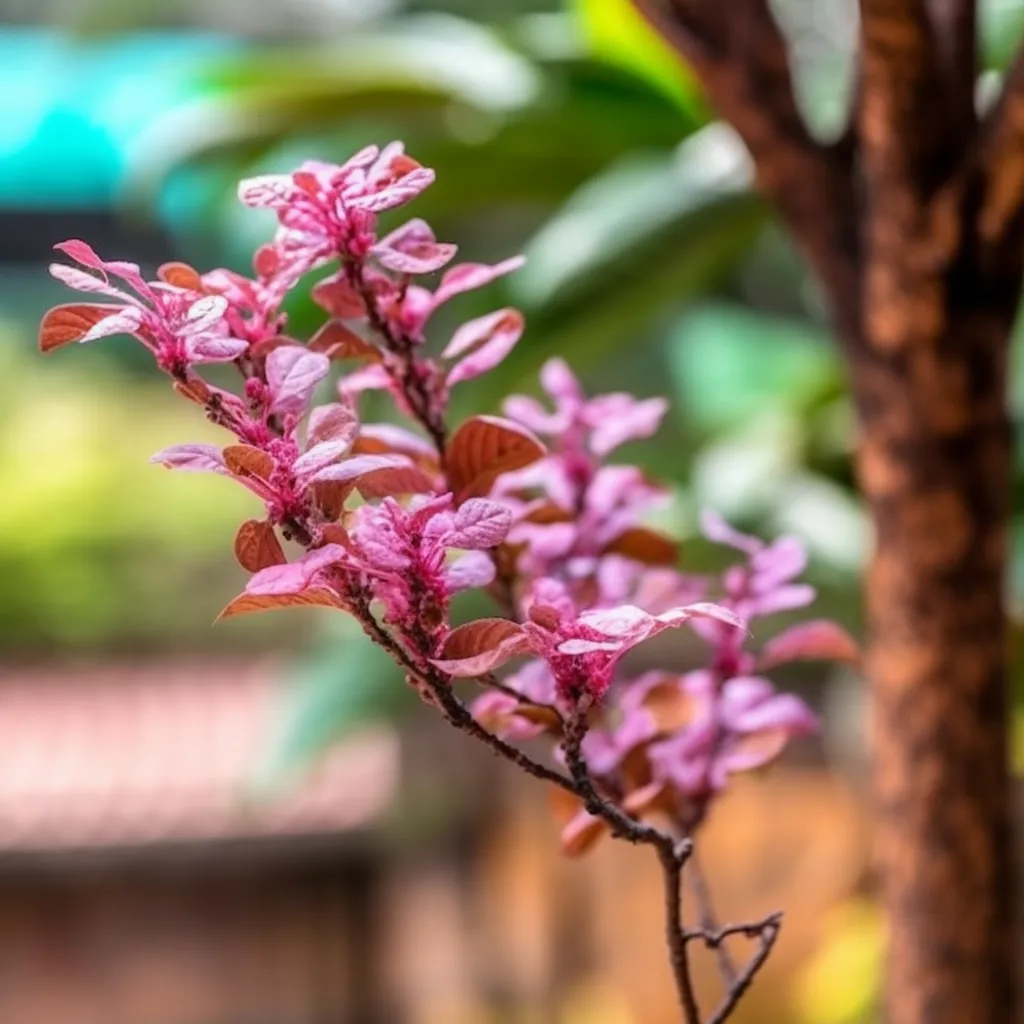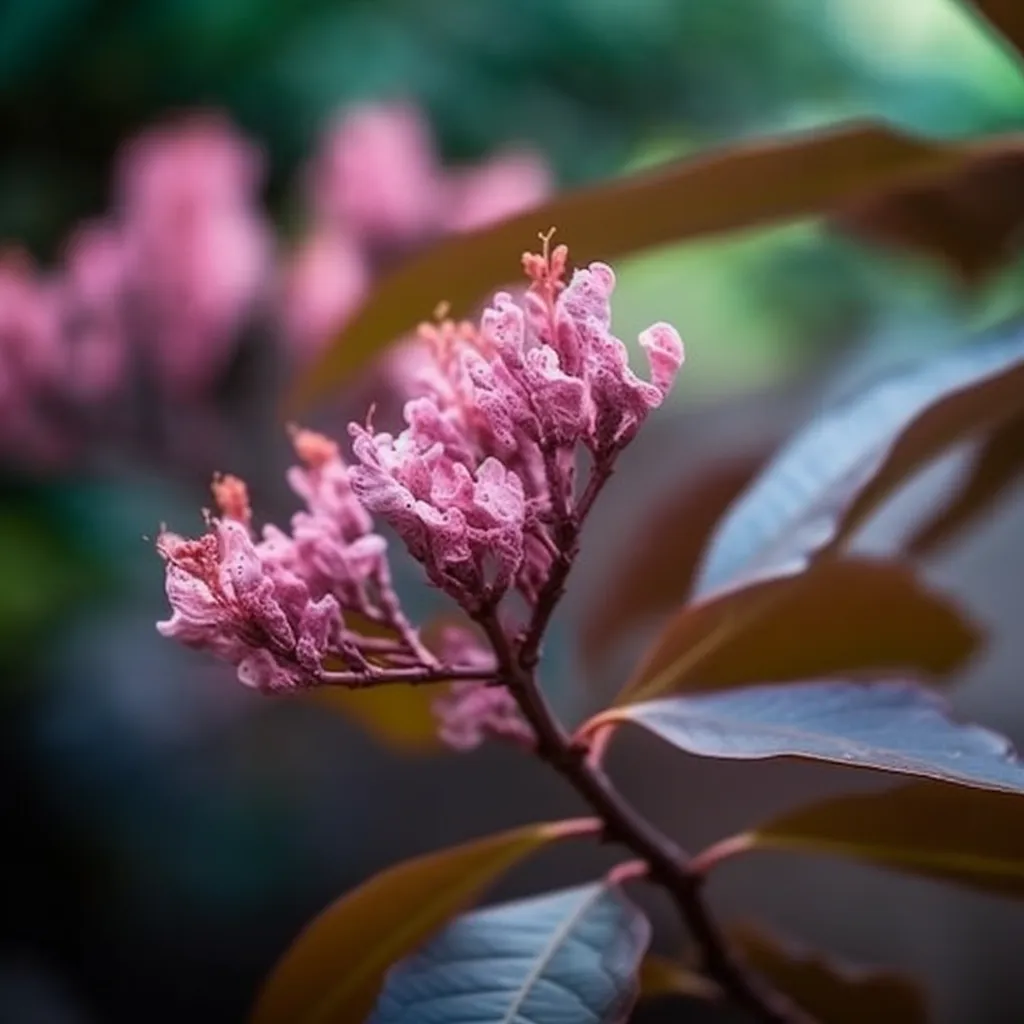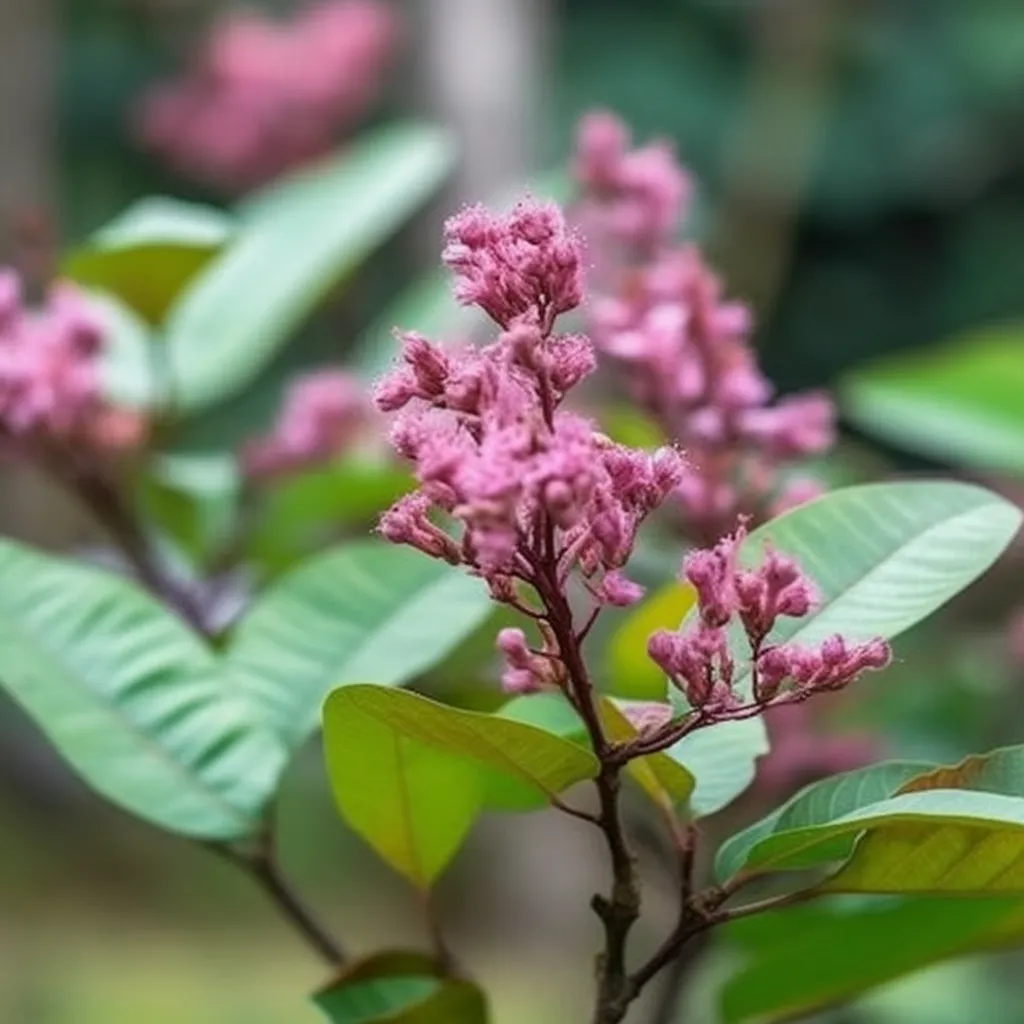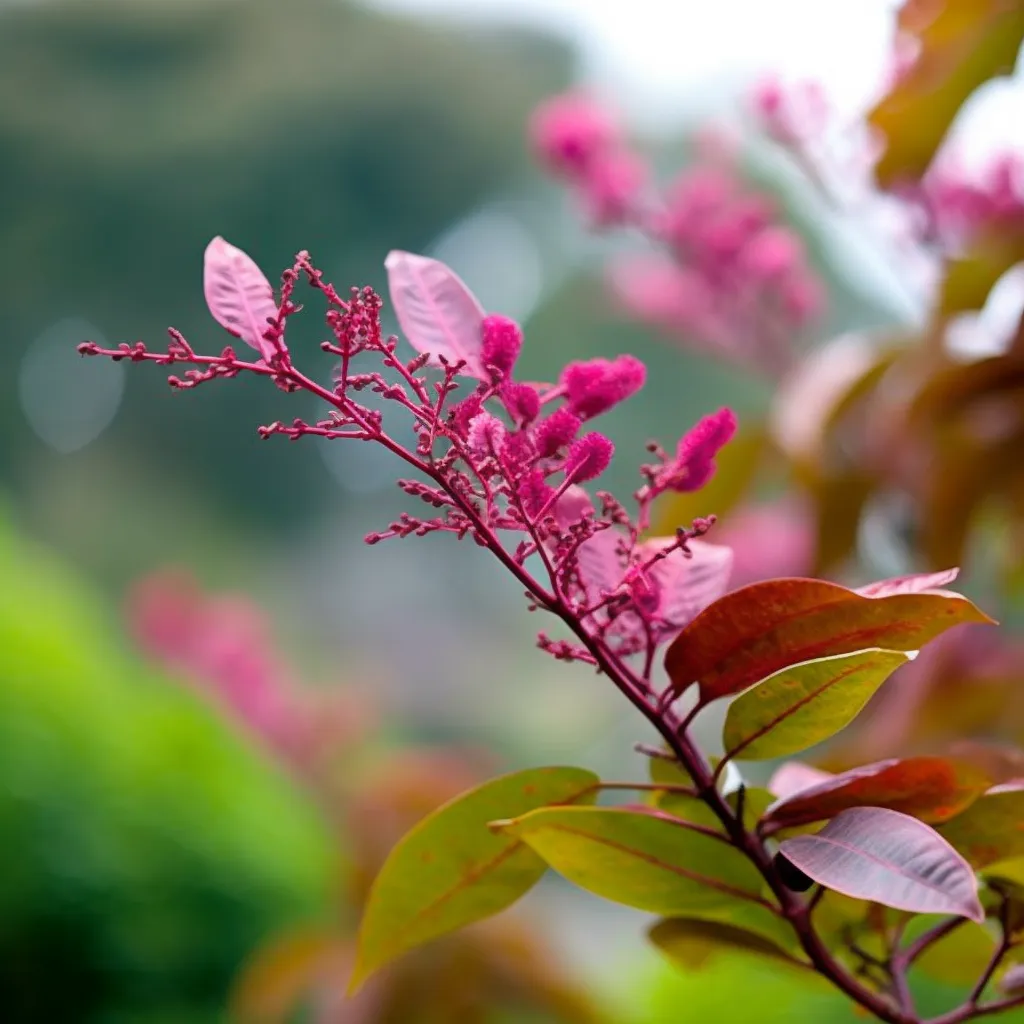Story of Day :
Contents
The Ultimate Guide to Crepe Myrtle Plant Care
Crepe myrtles are some of the most popular trees in the southern United States.
They’re known for their vibrant, showy flowers and long blooming season.
But as with any plant, crepe myrtles require proper care to thrive.
What are Crepe Myrtles?
Crepe myrtles (Lagerstroemia indica) are small trees or shrubs that produce large clusters of colorful flowers throughout the summer months.
They’re native to Asia but have become a staple in many American gardens due to their hardiness and beauty.
Care Tips for Crepe Myrtle Plants

Planting
- Choose a sunny location with well-draining soil.
- Dig a hole twice as wide and just as deep as the root ball.
- Add compost or other organic matter to improve soil quality.
- Mulch around the base of the tree, keeping it away from the trunk to prevent rotting.
Watering
- Newly planted crepe myrtles should be watered deeply every 7-10 days until they establish roots (about one year).
- Mature trees can survive drought conditions but benefit from occasional watering during dry spells.
- Avoid overwatering, which can cause root rot and other problems.
Fertilizing
- Fertilize your crepe myrtle once per year in late winter or early spring when it’s still dormant before new growth appears.
- A slow-release fertilizer works best such as 16-4-8 balanced NPK fertilizer.”

Pruning
- Crepe myrtles should be pruned in late winter or early spring before new growth appears.
- Remove any damaged or diseased branches.
- To encourage more blooms, selectively prune branches to allow for better air circulation and light penetration.
Common Problems with Crepe Myrtle Plants
While generally hardy and low-maintenance, crepe myrtles can fall prey to a few common problems.
Here are some of the most common issues:

Sooty Mold
Sooty mold is a black fungus that grows on the sticky residue left behind by aphids and other insects.
It’s unsightly but doesn’t actually harm the plant itself.
To get rid of sooty mold, you need to address the underlying insect infestation.
Aphids
Aphids are small insects that suck sap out of leaves and stems.
This can cause stunted growth and yellowing foliage.
The easiest way to control aphids is by spraying them off with a strong stream of water from your hose.
Alternatively, you can use an insecticidal soap or neem oil spray.
In Conclusion..x
If you want to add color and beauty to your garden this summer, consider planting a crepe myrtle tree! With proper care and attention, these trees will reward you with show-stopping flowers for years to come.
